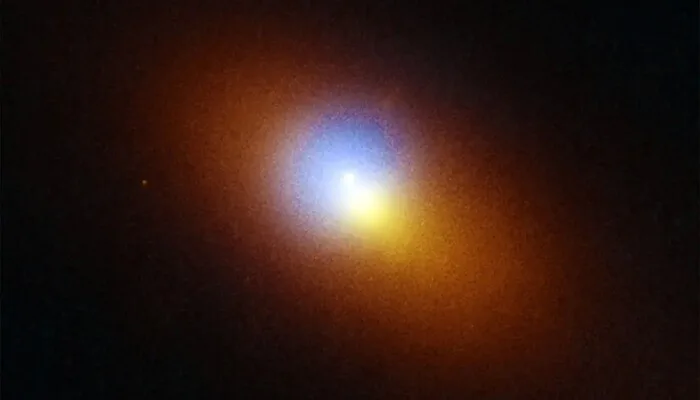Astronomers have captured a rare tidal disruption event (TDE), revealing a supermassive black hole roaming through space and tearing apart a star 600 million light-years from Earth. Unlike typical TDEs, this black hole wasn’t at the center of its galaxy. Instead, it was drifting about 2,600 light-years from the core—an unusual find that has shocked …
Continue reading “Wandering Supermassive Black Hole Caught Devouring a Star”
